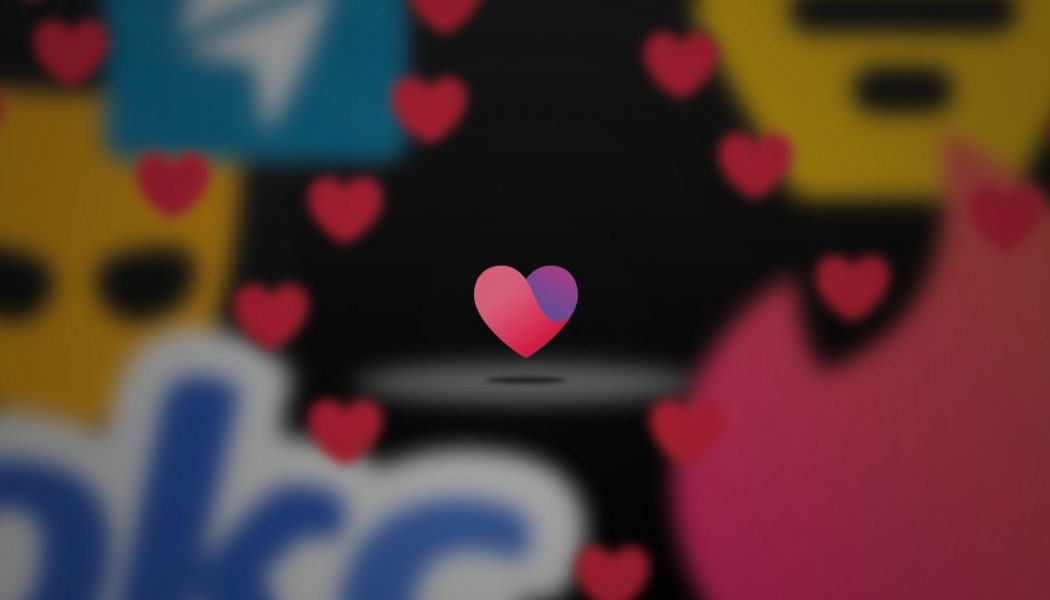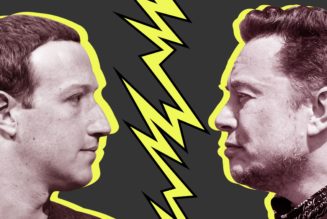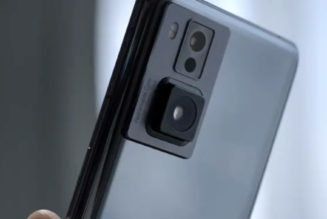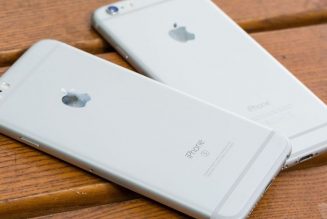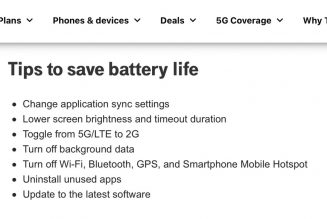
Dawn Hallson has tried nearly every dating app you can think of — Tinder, Bumble, eHarmony, Plenty of Fish, and Match, just to name a few. So when a friend told her about Facebook Dating, she figured, why not give it a shot? She filled out her height, whether she has kids, where she lives, and her sexual orientation, and then looked around at who might be available on the world’s largest social network.
“It was exactly the same as all the other apps,” she says. “You match with someone. They don’t contact you. If they do contact you, they just pass the time of day with you — never much with anyone that’s attractive unless they actually want just sex, basically.”
She only met up with one person from Facebook Dating, which fizzled out when he tried to hook up on the first date. After that, she quit. She lasted about six weeks.
Facebook first introduced its dating product as a test in Colombia in 2018 and brought it Stateside in September 2019. Since then, the company hasn’t said much. The last time dating was talked about at length on an earnings call was right after it launched. In that call, CEO Mark Zuckerberg said he thought it was “already one of the top dating services, and we expect to continue growing.” In a release announcing its international expansion to Europe this past October, the company said it had made over 1.5 billion matches up until that point. Tinder, meanwhile, advertises “over 55 billion matches made” on its website.
But a year and a half after launch, Facebook Dating is far from a hit. The company hasn’t shared overall usage numbers, and data found by The Verge suggests the app is smaller than competing options. The company only shares data when it wants to, and because the service lives within the broader Facebook app, there’s no way to measure download numbers.
However, The Verge has found multiple screenshots that suggest the actual size of Facebook’s dating product isn’t all that large but that it’s growing. The company runs in-house ads that advertise the number of users it has in specific regions. In the country’s largest city, New York, for example, the company advertised 278,000 singles “currently dating” in the city this week. In Indianapolis last month, it advertised 43,000 people, and in Ottawa, Canada, earlier this month, it claimed to have 24,000. Users in smaller cities also see hyper-localized data. In Bellingham, Washington, Facebook says it has 2,000 single people using it. Days after its launch in Ireland, Facebook advertised having 1,000 people on the service in Dublin. The numbers appear to be dynamic and adjusting, too. Just last week, the same in-house ad in New York City advertised around 2,000 fewer people, and a month ago, it showed 9,000 fewer, suggesting these in-feed ads are successfully signing up new users.
Who needs Facebook dating when you get told “God called upon me to tell me that he wants me to take you as my wife” from random LDS & Polygamists about 2x a month in the grocery store?
Facebook is becoming more irrelevant everyday lmfao pic.twitter.com/dhTC07BAck
— denali (@degandhi_) March 19, 2021
Census data estimates from 2019 suggest that nearly 4 million unmarried people call New York City home, meaning Facebook Dating has about 7 percent of the city’s singles on it.
In a statement to The Verge, a Match Group spokesperson said, “We have a number of brands with more active users than that in NYC, including Tinder and Hinge.” They wouldn’t elaborate on numbers. In its latest earnings, however, Match Group noted that the average number of paying subscribers across its apps last quarter reached 10.9 million split about equally between North America and the rest of the world — let alone the number of people using its apps for free.
This advertised Facebook data poses a variety of questions, though. For one, are these users active, or just the total number who have signed up? For places like New York City, does the number only count people who live in the five boroughs, or does it include neighboring places like Westchester County, New York, and Jersey City, New Jersey? And how wide are the demographics of these users? If all users tend to be in one age group, another age group likely won’t have a good experience using it.
In response to these questions, a Facebook spokesperson sent a statement over email saying that the platform is designed to help people find “meaningful relationships” and that they’re “excited about how it’s performing and the feedback we’ve been getting from people who have found love through the platform.”
So if Facebook’s dating feature isn’t massive, why keep it around? Zuckerberg suggested during its January 2020 earnings call that Facebook Dating could eventually become a driving force for why people return to the app and engage with it. In the year and a half since its rollout in the States, Facebook Dating has now made its way to other parts of the world, including, most recently, to 32 European countries in addition to the 20 it’s already in. The company also appears to have a deeper interest in augmenting the dating experience. Just this week, The Verge reported on an experimental Facebook app called Sparked, which sets users up on four-minute video speed dates. If Facebook Dating itself isn’t the eventual successful product, maybe there will be other options.
Analysts like Daniel Salmon at BMO Capital Markets are mostly concerned with Facebook revenue, though. Because the company hasn’t built advertising into Dating or started charging for add-on functionality, the feature isn’t at a point where Salmon sees it as a meaningful part of the business. That could easily change, however, depending on how many people start forking over their data in order to meet the love of their life.
“Any data that Facebook is getting on their audience enriches their profiles for ad targeting anywhere across their portfolios,” he says. “Any engagement is good engagement because any engagement creates data, and that can be used to improve the ad platform, even if you don’t have ads sitting there in front of people who are looking for dates.”
Although Facebook doesn’t, so far, ask specific prying questions a la OkCupid and other dating apps, it still asks for some information. It wants to know people’s heights, whether they have children, who they’re looking to date, and where they live. The app also asks for photos that can be uploaded to the profile. Plus, conversations can be pushed over to Messenger, giving Facebook way more data, including the images that are sent there, the precise location of the sender, their contacts, and their browsing history. (The company’s initial rollout to Europe was even stalled because Ireland’s Data Protection Commission “conducted an inspection” at Facebook’s Dublin offices and “gathered documentation” to learn more about the company’s intended data practices.)
Dating gives people who let their data become stagnant and might have stopped uploading photos to the app a reason to update, and Facebook gains better insight into how to target ads, which is the ultimate goal.
The company might never be forthcoming about how its dating efforts are going, but its ambitions are relatively clear. So long as it can get people to keep coming back to Facebook, whether it’s to see friends or find love, a product pays off.
Correction: This story initially said Daniel Salmon worked at BMO Group. The name is actually BMO Capital Markets. We regret the error.
